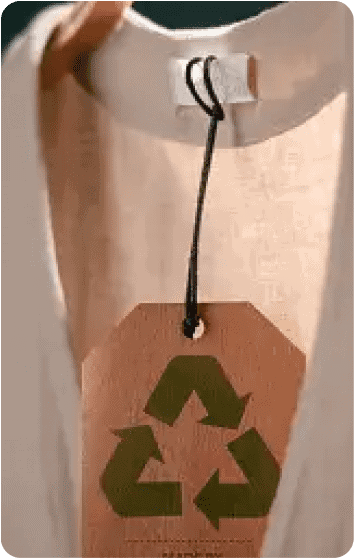Styrofoam, a brand name for expanded polystyrene foam, is a material we encounter almost daily. From protective packaging to take-out containers, its lightweight and insulating properties make it a popular choice. However, the environmental implications of its widespread use and improper disposal are concerning. This guide delves deep into the importance of how to dispose Styrofoam and offers actionable steps to handle it sustainably.

Why Proper Disposal of Styrofoam is Important
Understanding the gravity of styrofoam waste is the first step towards responsible disposal.
Environmental Concerns: Styrofoam is non-biodegradable. Instead of decomposing naturally, it fragments into microplastics, which can persist in our environment for over 500 years. These particles contaminate soil and water, affecting the ecosystem’s balance.
Harm to Marine Life and Wildlife: Marine creatures, mistaking microplastics for food, consume them. This not only harms the individual organism but also introduces toxins up the food chain, eventually reaching humans.
Landfill Issues: Due to its volume and non-degradable nature, styrofoam occupies significant landfill space. As landfills overflow, we’re faced with the challenge of finding new waste management solutions.
How to Dispose Styrofoam Properly
Merely tossing styrofoam into the trash isn’t enough. Here’s a detailed look at how to dispose Styrofoam responsibly.
Recycling Styrofoam
Identification: Always check for the recycling symbol. While not all styrofoam is recyclable, many recycling centers have started accepting clean and labeled styrofoam.
Local Centers: Reach out to local recycling facilities. Some have specialized machinery to process styrofoam, turning it into new products or even energy.
Preparation: Clean the styrofoam thoroughly. Remove any tape, labels, or food residue. This ensures a smoother recycling process and reduces contamination.
Reusing Styrofoam
Repurpose: Think creatively. Styrofoam can be carved into craft projects, used as seed starters in gardening, or even as insulation in DIY projects.
Benefits: By reusing, we reduce the need for new styrofoam production, conserving resources and energy.
Drop-off Locations and Programs
Collection Programs: Many municipalities and environmental organizations run periodic collection drives, even teaching you how to dispose Styrofoam properly. Participating in these ensures your styrofoam gets processed correctly.
Drop-off Points: Designated locations exist where you can drop off styrofoam for specialized disposal or recycling. A quick online search can help locate the nearest one.
Also Read: How to Recycle Styrofoam: The Complete Sustainable Guide
Alternative Disposal Methods
Some companies offer machines that compact styrofoam, reducing its volume by nearly 90%. This makes transportation and recycling more efficient. Styrofoam can be dissolved using specific solvents. However, this method produces toxic byproducts and should be approached with caution.

Alternatives to Styrofoam
Reducing styrofoam use is as crucial as proper disposal. If you’re concerned about how to dispose Styrofoam responsibly, here are some sustainable alternatives:
Biodegradable Packaging: Innovations like cornstarch peanuts or mushroom-based packaging serve similar protective purposes but decompose naturally, leaving no trace behind.
Recycled Paper: Recycled paper or cardboard can be molded into various shapes, offering a green alternative for packaging or insulation.
Cloth or Fabric: Cloth pouches or wraps can replace styrofoam in many scenarios. They’re reusable, reducing the overall waste footprint.
Glass and Metal Containers: For food storage or take-outs, consider using glass or metal containers. They’re durable, reusable, and free from harmful chemicals.
Conclusion
Styrofoam, while convenient, poses significant environmental challenges. By understanding its impact, learning how to dispose Styrofoam sustainably, and adopting the right usage practices, we can mitigate its harmful effects. As consumers, our choices matter. Opting for alternatives, recycling, and reusing are not just individual actions but collective steps toward a cleaner, greener future. Let’s pledge to be more conscious of our decisions and lead the way to a sustainable tomorrow.
Passionate about a greener tomorrow? Dive into our Home and lifestyle blogs to discover sustainable swaps and innovative recycling initiatives that can transform your daily routine.









